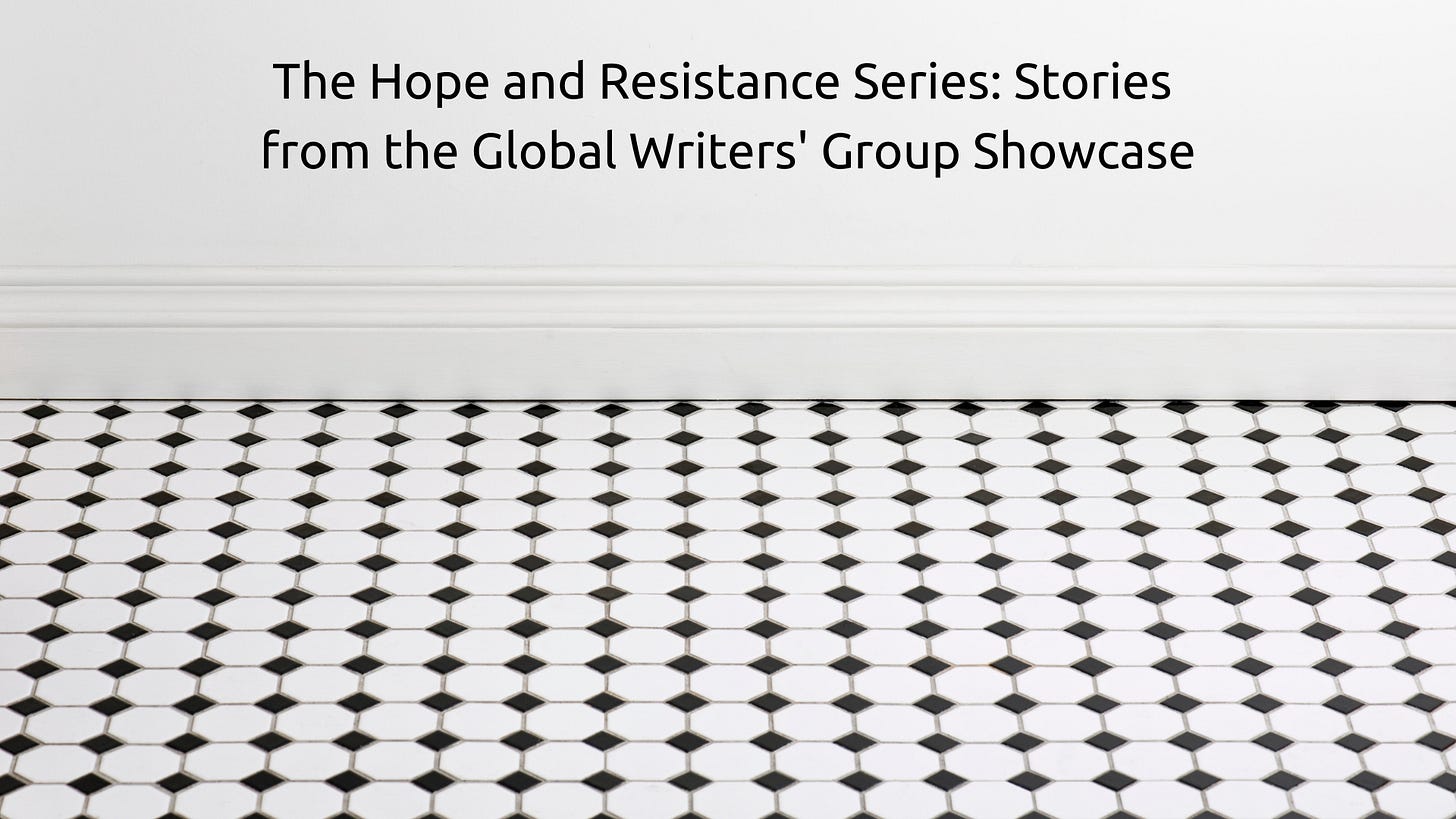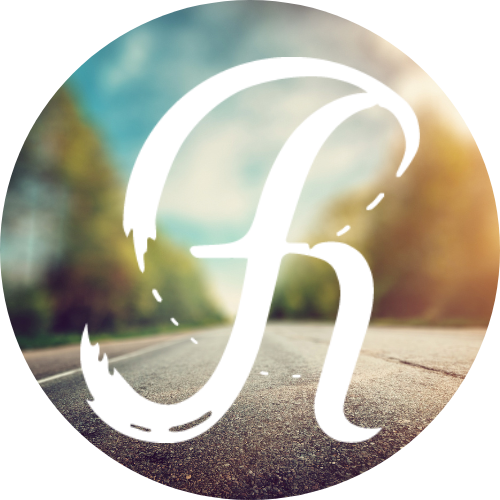I Stopped Because It Hurt
The Hope and Resistance Series: Stories from the Global Writers' Group Showcase
Over this next week, we will be sharing pieces from our annual Global Writers’ Group Showcase with you all.
Content Warning: mention of suicide and self-harm.
For forty-five years, the tiny half-inch scar on my wrist has been a symbol of weakness and failure. The horizontal slant, and the fact that I was breathing were proof I had been unsuccessfully suicidal. I had stopped even before a hospital was needed. Unlike the woman I saw interviewed on a daytime talk show in my twenties.
The woman being interviewed was a suicide survivor. Her six-inch purple scar with stitch marks etched along the sides ran vertically. She sliced up from the edge of her palm towards her elbow to open as much of the vein as possible. That was real. That was brave. That was not me.
Today, my little scar caught my eye. While filing my nails, the sun’s late afternoon angle made it glossy on my pale skin. Memories came back sharp like the sun. I am fifteen, sitting on the floor in the upstairs bathroom of my dad and stepmother’s apartment. I have a pink, double-bladed disposable razor in my hand. It is brand new, from under the sink next to the tampons I had finally learned to use. I carefully break the small blades out from their plastic enclosure using a butter knife. I take one almost impossible-to-hold blade, tilt the corner down, and pull it across my wrist. I cut only a half-inch and I stop.
I stopped because it hurt.
The times I have looked back at that moment, I despised the girl on the bathroom floor. A teenage poet who wrote love sonnets to death but stopped before committing. Compared to my makeshift shelter home, ward of the state life, what the hell was a little pain? A little pain and the blood would have faded out of sight as I faded into my last day. But I failed. I was weak. A pitiful, tragic nobody. Until today.
Today, I remembered more of the afternoon I had ditched school to die. How I sat on the tan linoleum floor examining the veins beneath the skin where my scar lies now. The veins were like small streams flowing to and from my hand into a thicker ‘river’ at my wrist that soon split again to continue up my arm. I remember my confusion staring at my wrist. I had a blade but realized I had no idea how to effectively cut my wrists. I had never heard anyone describe it. There were no how-to books. I didn’t know how to get the most blood out. So, using my fifteen-year-old logic, I followed the stream-like veins flowing into the river-type vein. All the blood I could see ran through that spot, and that is the vein I cut across. And yes, I stopped. Of course, I stopped when there was pain. The whole point was to get away from the damn pain.
A decade after my bathroom attempt, I was sitting at a bar with another barfly. She had just come from the funeral of a family friend. A son in his twenties had shot himself in the head. She heard that the coroner reported that the young man had died with his face intact. He died immediately with an odd expression that to the coroner looked like he had changed his mind.
I had no idea what that expression would be, but it didn’t matter. I heard what she said and for a moment stopped breathing. Just a moment, then ordered a double shot of tequila. I stayed drunk for many years. Most days were a battle to want to stay alive, but I never tried to kill myself with any kind of blade again. When I did try again my method was slow. I wanted to have the time to change my mind.
My last attempt was thirty-two years ago. Addicted to everything, I decided to drink and snort cocaine until my heart stopped. No food, just my drugs of choice. I lasted for almost a week, until I ran out of cocaine. The only person I talked to was my dealer. He came to my house with an 8-ball, one ounce of the good stuff, which he shared, and then coaxed me to the bar for more drinks. Already gone out of my mind, I went. I felt the sun on my skin walking from the parking lot inside and recognized the bartender.
He persuaded me to try the only food I would be able to swallow; a cup of clam chowder mixed with a biscuit. I didn’t throw up, and after a few more shots my dealer drove me home where I slept in the same clothes for the next two days.
Later that summer I decided I was done. The booze didn’t get me drunk enough. The drugs didn’t take me far enough. I made an appointment at a rehab, purposely outside of walking distance, and got clean and sober.
Turning my desk lamp on I no longer see my scar as a badge of dishonor. No, I don’t have a 6-inch, purple scar to declare my sincerity or courage, but I don’t have to hide my half-inch scar in shame. I know I was brave and that the pain before the razor was as real as the razor pain on my skin. Unbearable no matter what I did, so I stopped. I stopped try to find ways to die. I stopped drinking and drugging. I stopped and I am here.
Watch the entire evening here:
For more information or to join the Global Writers’ Group, click here. We’d love for you to join us!
The Narrative Gap, as coined by Lisa Sharon Harper, is the distance between the stories that we tell ourselves about ourselves, including how we got here and what it will take to make things right. In our world today, competing narratives vie for our loyalty, dividing society and the church, therefore making justice impossible. Our mission is help communities shrink the narrative gap, by identifying core issues and building community capacity so they might work toward common solutions for a just world. Here on the Freedom Road Substack, we can converse together on ways to shrink that narrative gap and help ensure everyones’ stories are told.
Connect
Freedom Road Instagram | Facebook | Threads | Website | Patreon | Podcast







